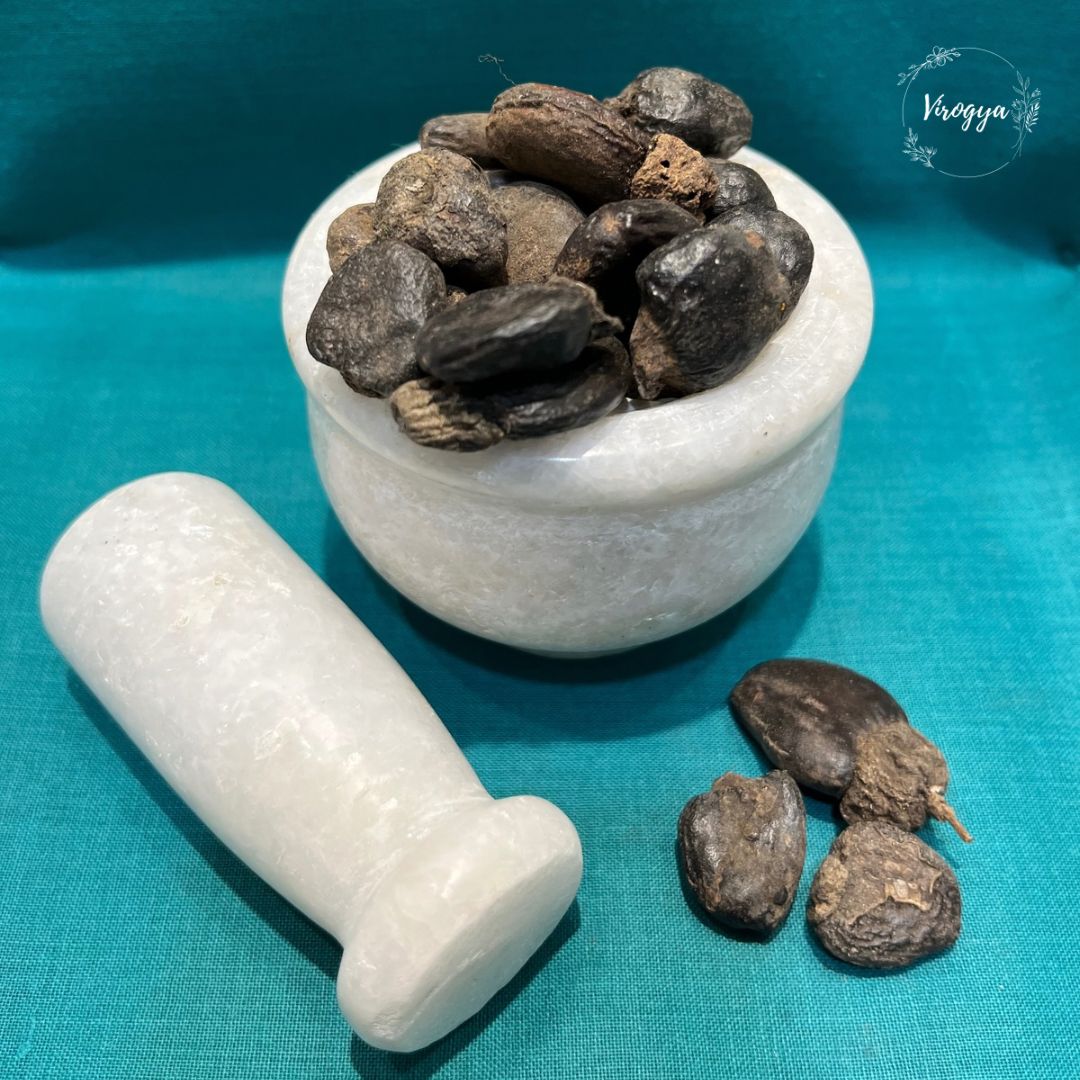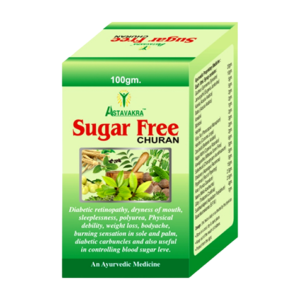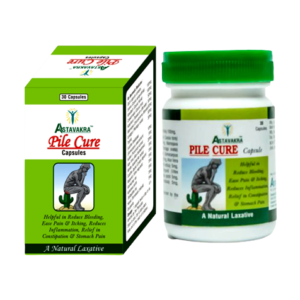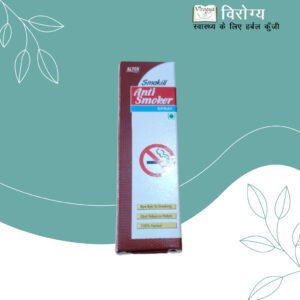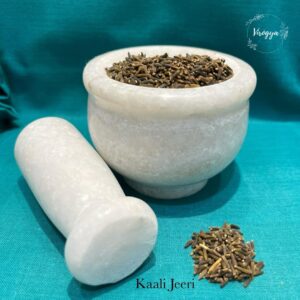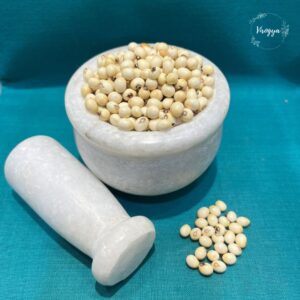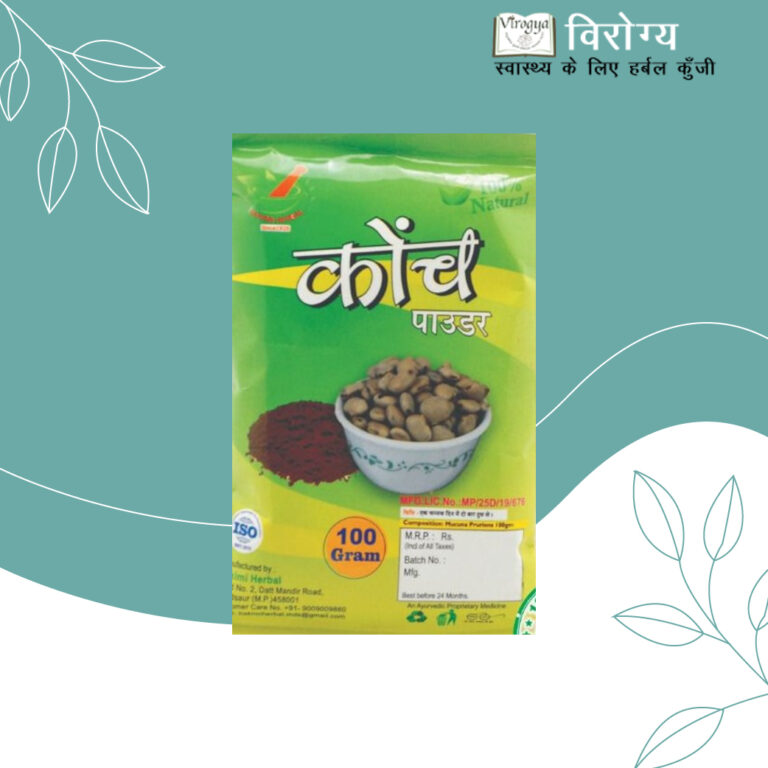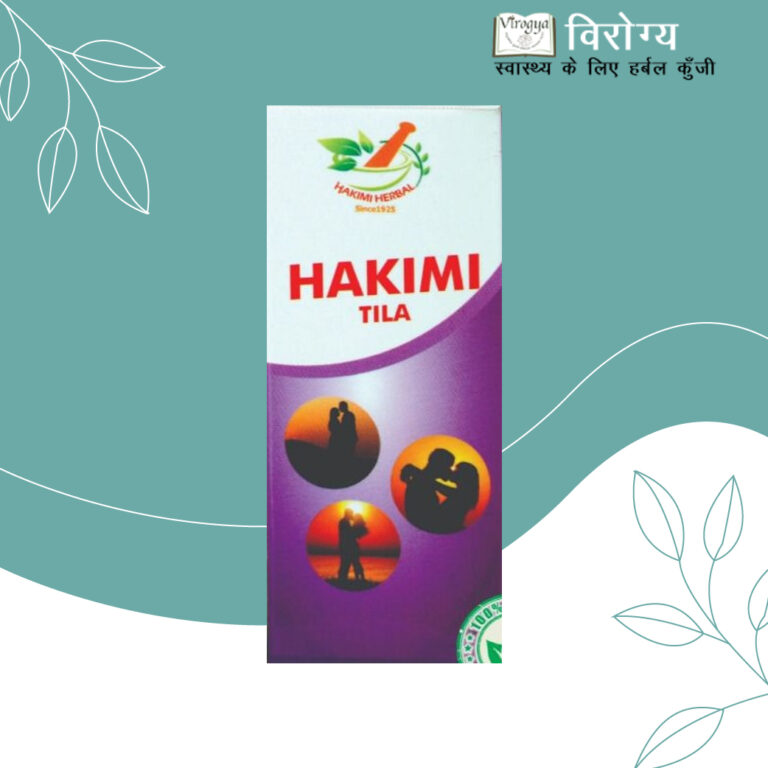Description
Bhilawa (scientific name: Semecarpus anacardium), commonly known as the marking nut tree, is a deciduous tree native to India and Southeast Asia. The name “marking nut” comes from its traditional use for marking fabrics and documents. Here’s an overview of Bhilawa:
Botanical Description:
- Family: Anacardiaceae
- Habitat: Found in tropical and subtropical regions, usually in dry deciduous forests.
- Height: The tree can grow up to 10–15 meters tall.
- Leaves: Large, leathery, and oblong.
- Flowers: Small, yellowish-green, and appear in clusters.
- Fruits: The tree produces a nut-like fruit, with a black, resinous coating.
Cultural Importance:
-
Bhilawa has been used in rituals and traditional practices in India, particularly in marking ceremonial items or religious scripts.


